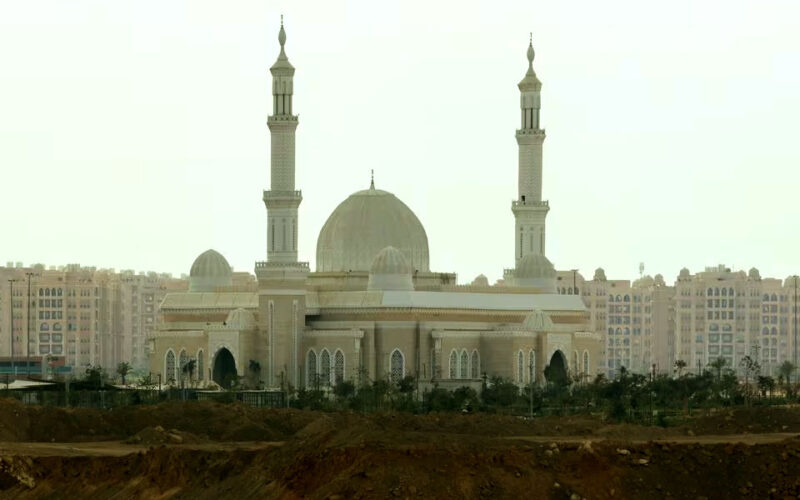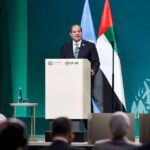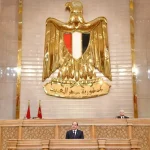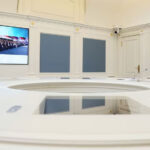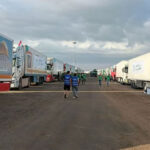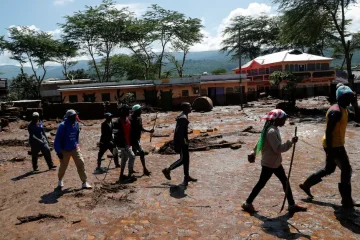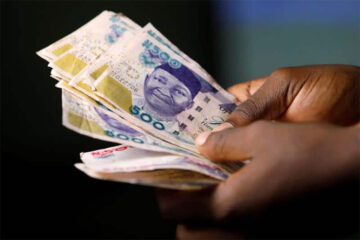EGYPT is preparing to spend billions doubling the size of a lavish new capital it is building in the desert 45 km (28 miles) east of Cairo, where the first residents are trickling in, the head of the company overseeing the project said.
The city is the biggest of a series of mega-projects that President Abdel Fattah al-Sisi says are needed for economic development and to accommodate a growing population of 105 million, but critics say diverts resources and increases Egypt’s debt burden.
Government employees transferred in July to ministries and offices built in the new city’s first phase, eight years after the project’s launch known as the New Administrative Capital (NAC).
“We have almost 48,000 employees coming every day,” Khaled Abbas, chairman of the Administrative Capital for Urban Development (ACUD), told Reuters.
Built on virgin land, the city is designed to serve as a high-tech model for Egypt’s future away from the clutter and chaos of Cairo. The government wants it to absorb part of Egypt’s population, which is growing by an estimated 1.6% a year.
Though the pace of works appears to have slowed recently, phase one of the city already includes a 70-storey tower – the tallest in Africa – an opera house with five halls, a mega-mosque and the Middle East’s biggest cathedral.
An electric train from eastern Cairo began operating last spring and an elevated monorail is due to start from the second quarter of this year, Abbas said.
Up to 100,000 housing units have been finished and 1,200 families have moved in, he added.
Major banks and other businesses will move their headquarters by the first quarter of 2024.
NILE WATER
ACUD is poised to appoint a consultant to draw up a master plan for the capital’s second, third and fourth phases, Abbas said.
Phases one and two will each have a projected 1.5 million residents, and each will cover 40,000 feddans (168 square km). Work on phase two should run from later this year until 2027.
“We have lots of demand now. That’s why we have to start immediately on phase two. If there is the demand, then after a year or something like that we can work on phase three,” Abbas said.
Landscaping has also begun on an irrigated, 10 km-long park, dubbed the “Green River”.
A plant near the Cairo suburb of Maadi will send 800,000 cubic metres per day of scarce Nile water, starting in two years. A second, 700,000-cubic-metre plant is planned. Together the two will consume roughly 1% of Egypt’s share of the Nile’s water.
ACUD hopes to inaugurate a giant sports area, the Olympic City, with a 93,000-seat stadium, by the second quarter, Abbas said.
ACUD, owned 51% by the military and 49% by the housing ministry, spent 500 billion Egyptian pounds on phase one infrastructure and buildings, Abbas said.
That works out to about $16 billion at the current exchange rate, or $32 billion before Egypt began a series of devaluations in March 2022.
Second phase of infrastructure will cost another 250-300 billion pounds, Abbas said.
In 2019, Abbas’ predecessor put the price tag for the new capital at $58 billion.
Egypt’s finances have come under strain from an over-valued currency, a decline in remittances and surging debt repayment costs after heavy overseas borrowing.
To help with costs, ACUD plans to float 5-10% of its shares on the stock exchange by the end of 2024 in a sale that could raise 150-200 billion pounds, Abbas said.
“In six months we will be ready to take the decision to go to the stock market,” he said.

